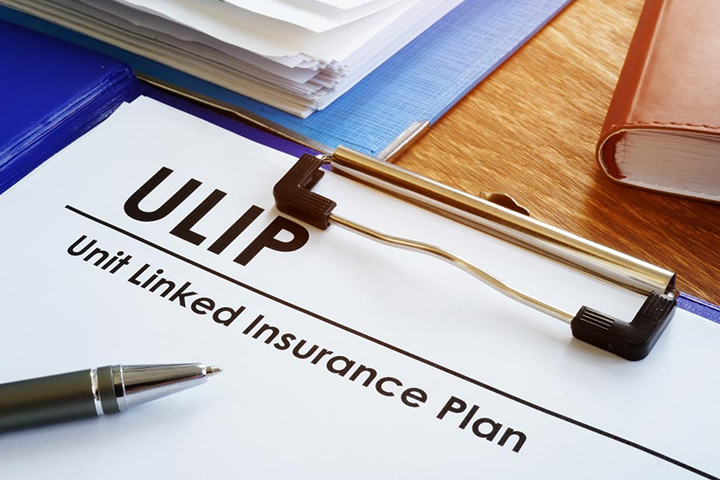Life Insurance
“It’s cheaper to buy 10 years early than 1 minute too late”
Get a Free Quote Today!
Life Insurance
The most uncertain aspect of a person’s life is covered financially through life insurance. As a result, it provides financial security to the Life Assured’s family in the event of unfortunate events like the policyholder’s death or disability. Some policies offer savings features as well as life insurance, which can be used as a wise investment choice.
Term Insurance
The most fundamental sort of life insurance is term insurance, which offers life coverage for the ‘term’ (or duration) of the policy.
They typically have substantially cheaper premiums than other policies for the same amount of coverage because they do not provide any cash value. If the Life Assured dies during the policy term, the nominee receives the Sum Assured, and there is no maturity value if the Life Assured survives the policy term. But some term plans give policyholders the choice of a return of premium, which is given to them if the life assured survives the policy period.
Whole Life Insurance
Whole life insurance, also referred to as traditional life insurance, offers protection for the duration of the policyholder’s life. They have a savings component and accumulate periodic incentives in addition to this life insurance.
If a policyholder survives the 100-year maturity period of a whole life insurance contract, they are paid a maturity amount.
Endowment Policy
Endowment Plans, the ideal combination of investments and insurance, offer life insurance and assist in accumulating funds for significant life goals.
The premium is split between certain low-risk assets and the Sum Assured, with the latter receiving the majority of the premium. The Sum Assured is paid to the nominee in the case of the policyholder’s passing during the policy term. However, if the policyholder lives to the end of the term, they also get their money back plus any collected incentives.
Endowment Plans thereby fulfil the dual functions of insurance and investing.
Money Back Policy
Endowment plans with the inclusion of payments at specific pre-determined periods during the policy term are essentially what money-back policies are. Additionally, the maturity benefits and accrued incentives are paid upon maturity.
The sum assured is paid to the nominee in the case of the policyholder’s demise during the term, irrespective of any previous payments of survival benefits.
Unit Linked Insurance Plans (ULIP)
A Commercial Lines Insurance coverage guarantees that the company will not become financially burdened as a result of any commercial or financial risks. It offers protection for thecompany, its staff, and its owners.
A percentage of the premium for ULIPs is invested in these underlying funds, which are tied to various asset classes like equity, hybrid, and debt funds, depending on the risk tolerance of the policyholder. While this percentage of the premium contributes to return generation, the remaining sum is allocated to the Life Coverage component.
ULIPs offer some degree of flexibility. They provide partial withdrawals after a five-year lock- in period and fund switching, which can help you tailor your investment to meet your financial objectives and stage of life.
Pension Plan
A pension plan, also referred to as a retirement plan, aids in saving money for one’s later years and provides assistance in navigating the financial challenges that come with living after retirement.
As a result, during your earning years, a pension plan enables you to pay premiums from a certain percentage of your income. Then, throughout your retirement phase, you will get regular payments in the form of an annuity or pension from the collected funds.
Child Plans
These are specifically designed endowment plans intended to safeguard a child’s financial future in the event that something unfortunate happens to their parents or, particularly, the parent who is the only source of income.
The child receives a specific amount promised in the event of the policyholder’s demise. The policy doesn’t stop there, though. The insurer waives or pays future premiums, and the child continues to receive payments at regular intervals. With the help of this strategy, the child’s education will not be harmed by the passing of the earning parent.

Benefits of Life Insurance
Life insurance is essentially the Kavach that protects your dependent family should anything unfortunate happen to you. The following are the life insurance’s most important benefits:
- Financial security is the main and most important benefit associated with life insurance. It's the safety blanket that makes sure your family's finances are secure even in the event of the breadwinner's absence.
- A life insurance policy also entitles you to tax advantages. According to Section 80C of the IT Act, the premium paid towards a life insurance policy is tax-free. Additionally, under to Section 10(10)D of the IT Act, all returns, including the sum assured, maturity benefit, and bonus, are tax-free.
- If you have life insurance, you will not be concerned about paying back loans even if you passed away. The loan payback will be handled by your insurance, preventing your dependent family from having to deal with this financial crisis.
- A great strategy to protect your child's financial future is through life insurance. Child Education Plans ensure that your child's educational objectives are not impacted even in the case of any unfortunate incident, such as the unexpected death of the earning parent, while also establishing a corpus for higher study.
- Retirement plans, which are based on pension plans, give you the choice of receiving regular income after retirement. Not only that, but they also fulfil the main function of offering life insurance and supporting your dependents financially.
























